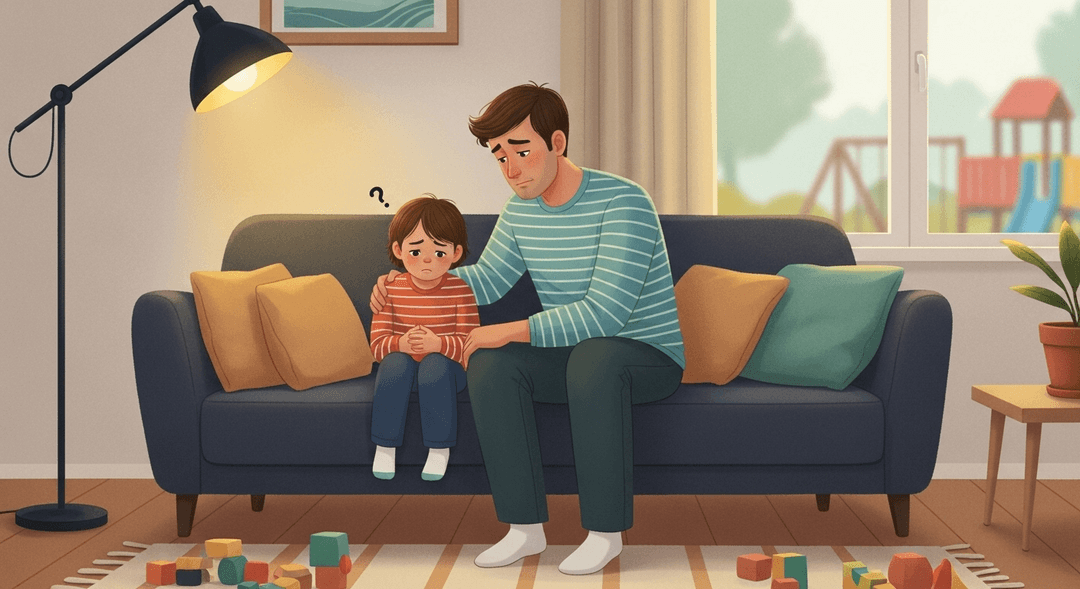Help Them Navigate Rejection or Disappointment in Friendships
So your kid just got the playground cold shoulder, and suddenly you’re reliving every awkward lunchroom moment of your own childhood—except now you’re supposed to be the wise adult? Welcome to the emotional Olympics, where your job is to hand out hugs, not medals, and try not to say 'they weren’t good enough for you anyway' (even though you’re thinking it). If you’ve ever wanted a script for comforting small, heartbroken humans—without accidentally making it worse—this one’s for you.
Helping kids process rejection actually strengthens their emotional resilience and teaches them that feelings—even the crummy ones—are survivable. Comforting your child activates their social bonding circuits, releases oxytocin (the cuddle hormone), and, bonus, models coping skills they’ll need for the next 100 rejections (because, sorry, life). For you, it’s empathy practice and a reminder that you’re still needed, even if you can’t fix everything.
How to do it
First, listen—really listen—even if your instinct is to tune out or jump in with solutions. Give your full attention and let them express how they feel.
- Validate their feelings by acknowledging what they’re experiencing. You might say, “That sounds really tough.”
- Resist the urge to solve the problem immediately. Sometimes, just being heard is what they need most.
- Avoid speaking negatively about the other child involved, even if it’s tempting.
- Share a brief story of your own experience with rejection. Including an embarrassing detail can help them feel less alone.
- Brainstorm together about what might help. Consider options like:
- Doing a favorite activity
- Having a snack
- Taking some time to sulk or just sit quietly
Remind them that feelings are temporary, friendships can change, and that you’re always there for them—even if they just want to sit in silence.
Key tips:
- Really listen before responding.
- Validate their emotions without judgment.
- Don’t rush to fix things.
- Share your own experiences to build connection.
- Offer support, but let them guide what feels helpful.
